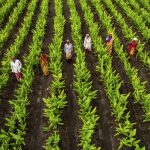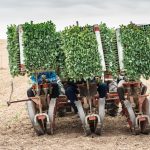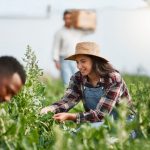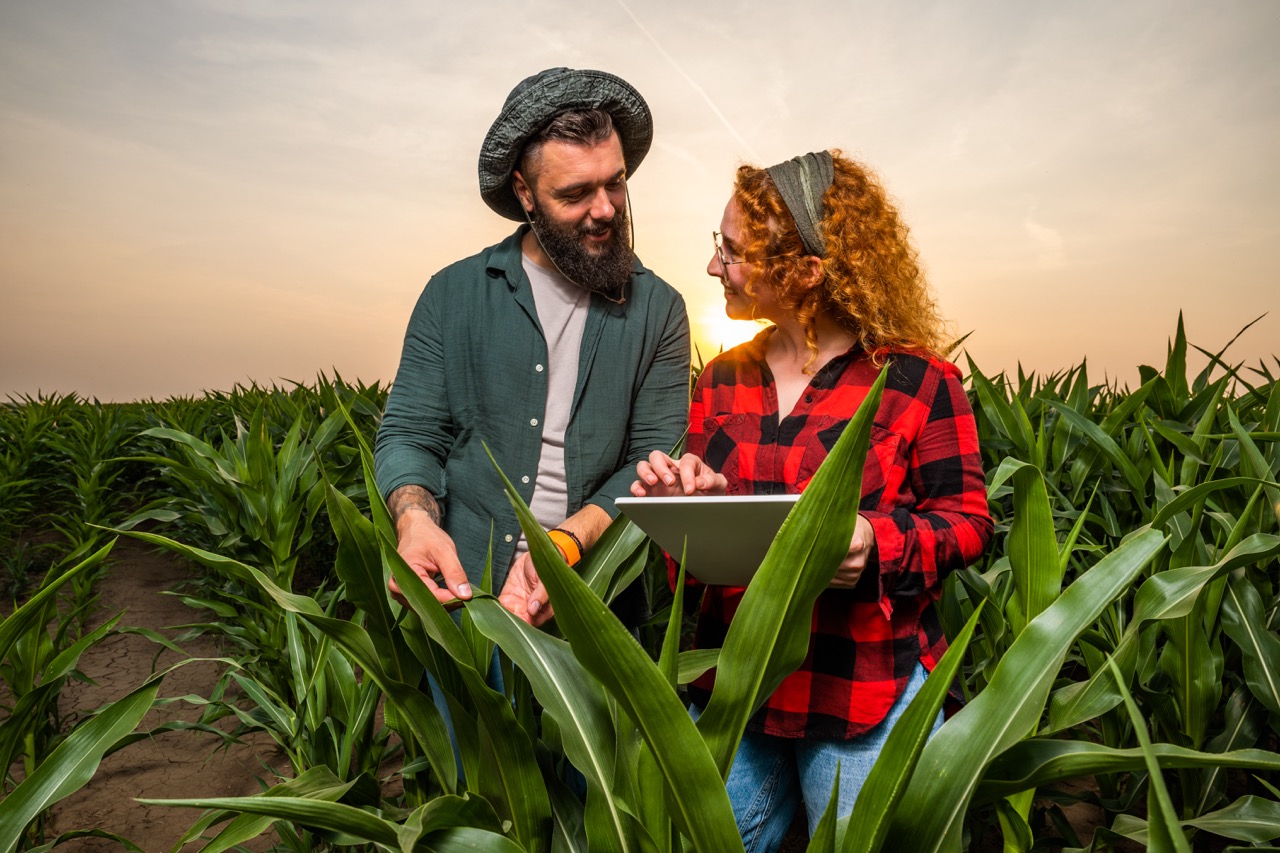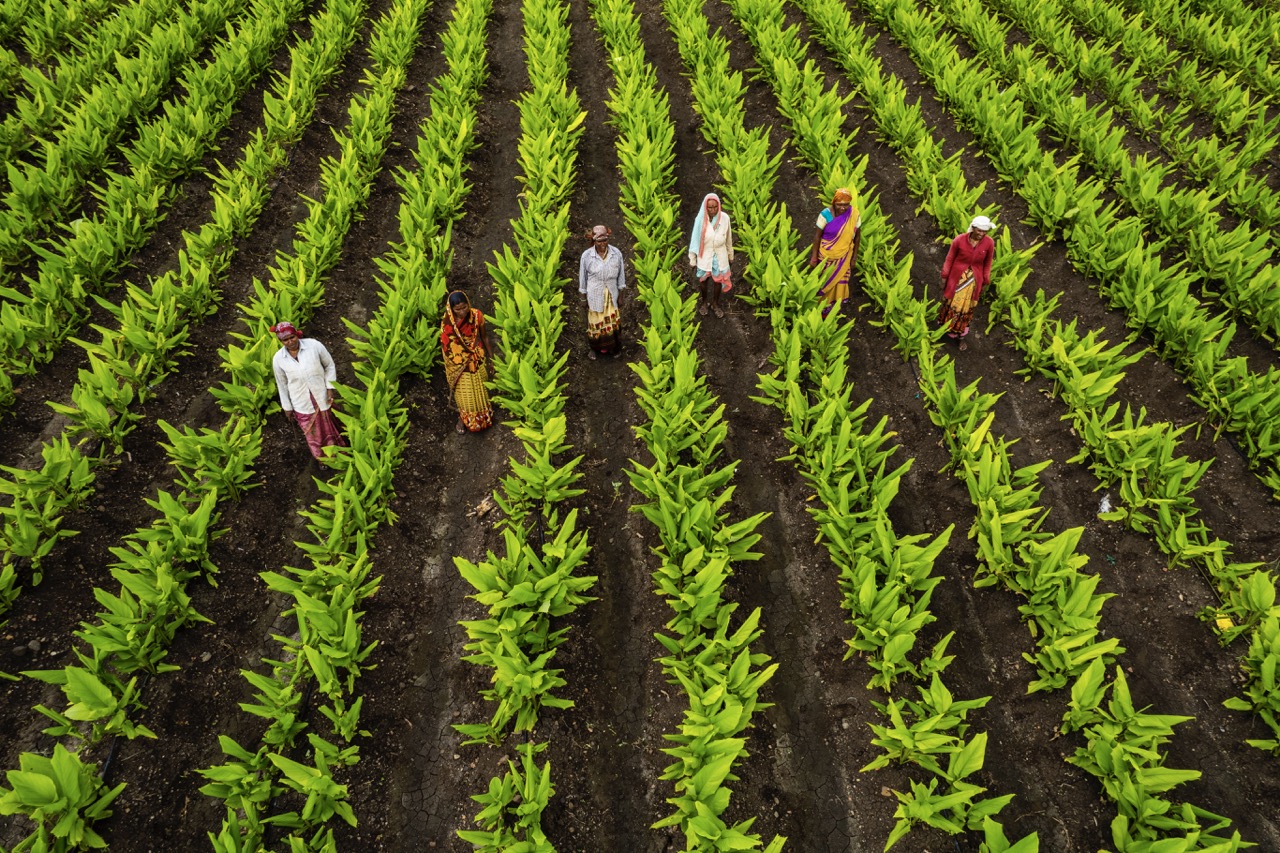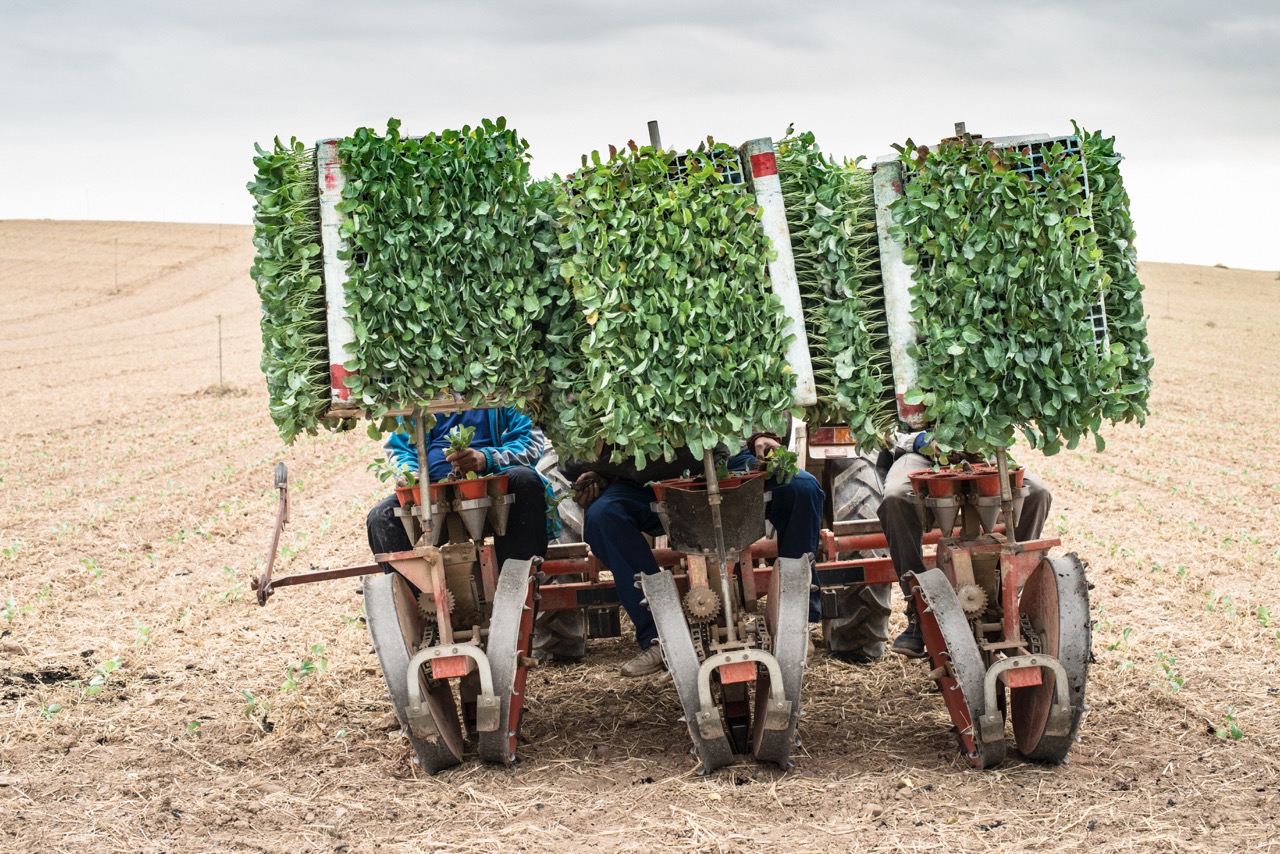Sharecropping is often viewed through the lens of historical exploitation, particularly in the context of post-Civil War America. However, as the agricultural landscape evolves, sharecropping is beginning to reveal itself as a viable model for fostering local agricultural economies. By allowing farmers, especially those lacking capital, to cultivate land without ownership burdens, sharecropping can enable more sustainable practices and community-focused agricultural systems. This article explores the role of sharecropping in contemporary agriculture, its economic benefits, the challenges faced by sharecroppers, and the potential for future developments in this model.
Understanding Sharecropping’s Role in Agriculture Today
In recent years, sharecropping has gained renewed interest as a strategy for promoting agricultural production in various regions worldwide. Unlike traditional ownership models, sharecropping allows landowners to lease their land to farmers in exchange for a share of the crops produced. This arrangement not only enables landless farmers to gain access to land but also facilitates a more collaborative approach to agricultural production. By reducing the barriers to entry for aspiring farmers, sharecropping can lay the groundwork for enhanced community resilience and food security.
The role of sharecropping varies significantly across different regions, influenced by local agricultural practices and socio-economic conditions. In areas characterized by smallholder farming, sharecropping can serve as a bridge for families to engage in agriculture without the substantial investment typically required for land purchase. This model often incorporates traditional knowledge and sustainable practices, allowing local crops and farming techniques to thrive. As a result, sharecropping can contribute to the preservation of regional agricultural heritage while meeting modern demands for food production.
Furthermore, the rise of cooperatives and collective farming practices has injected new life into sharecropping arrangements. These collaborative efforts enable farmers to pool resources, share knowledge, and access markets collectively. This shift towards community-oriented practices not only empowers individual farmers but also fosters a sense of solidarity and mutual support within local agricultural economies. As sharecropping becomes increasingly integrated into broader agricultural frameworks, its role in promoting sustainable development cannot be understated.
The Economic Benefits of Sharecropping for Local Farmers
Sharecropping provides significant economic benefits for local farmers, particularly those who may lack the financial means to invest in land or equipment. By entering into a sharecropping agreement, farmers can mitigate risks typically associated with farming, such as crop failure or market fluctuations. This shared risk model means that both the landowner and the farmer have a vested interest in the success of the crop, encouraging collaboration and investment in better farming practices.
Moreover, sharecropping often leads to increased crop diversity and improved agricultural productivity. Farmers who operate under sharecropping agreements are more likely to experiment with different crops and farming techniques, as they are not bound to a fixed ownership model. This flexibility allows them to adapt to market demands and changing environmental conditions, ultimately leading to higher yields and better economic returns. The diverse agricultural output can also contribute to local food systems, as surplus produce is often sold within the community, keeping the economic benefits local.
Additionally, sharecropping can stimulate local economies by generating employment opportunities and enhancing demand for local goods and services. As sharecroppers invest their income into local markets, they contribute to the overall economic vitality of their communities. This economic interdependence fosters a sense of community resilience, as local farmers and businesses collaborate to meet each other’s needs. Ultimately, the economic advantages of sharecropping extend beyond individual farmers, benefiting entire communities by promoting sustainable agricultural practices and local economic growth.
Challenges Faced by Sharecroppers in Modern Markets
Despite its potential benefits, sharecropping is not without challenges in today’s agricultural landscape. One significant issue is the volatility of market prices for crops, which can affect the profitability of sharecropping arrangements. When crop prices fall, sharecroppers may find themselves unable to meet their financial obligations or invest in necessary improvements, leading to a cycle of debt and disillusionment. This economic insecurity can deter new farmers from entering into sharecropping agreements, thereby limiting the model’s potential for growth.
Another challenge is the power imbalance that can exist between landowners and sharecroppers, particularly in regions with limited regulations or oversight. In some cases, landowners may impose unfavorable terms or exploitative practices that undermine the sharecropper’s ability to succeed. This can lead to a lack of trust within the relationship and reduced motivation for farmers to invest in their plots. Additionally, the absence of legal protections for sharecroppers can exacerbate these issues, making it difficult for them to advocate for their rights or seek recourse in disputes.
Lastly, the increasing commercialization of agriculture poses a threat to traditional sharecropping arrangements. As agribusinesses dominate the market and push for larger, more industrialized farming practices, small-scale sharecroppers may struggle to compete. This trend can marginalize local farmers and diminish the role of sharecropping in local economies. To address these challenges, it is crucial for policymakers and stakeholders to create supportive environments that empower sharecroppers and promote equitable agreements that foster sustainable agricultural practices.
Future Prospects: Evolving Sharecropping Practices Ahead
The future of sharecropping may be shaped by innovative practices and technological advancements that can enhance its viability. For instance, integrating precision agriculture and digital tools can help sharecroppers optimize their farming techniques, increase yields, and reduce waste. Access to data-driven insights can enable farmers to make informed decisions about crop selection and resource management, ultimately improving their economic outcomes. As technology becomes more accessible, it may empower sharecroppers to take greater control of their agricultural practices.
Community-supported agriculture (CSA) models also present an opportunity for sharecropping to evolve. By building direct relationships between farmers and consumers, CSA programs can create stable income streams for sharecroppers while enhancing community engagement. These partnerships foster a sense of accountability and strengthen local food systems, promoting sustainable agricultural practices that benefit both farmers and consumers. As awareness of the importance of supporting local economies grows, sharecropping arrangements may adapt to include more community-oriented approaches.
Lastly, there is a growing recognition of the importance of equitable agricultural practices. Advocacy for land rights and fair treatment of sharecroppers is gaining momentum, spurring discussions around establishing legal frameworks that protect their interests. By creating policies that prioritize equity and sustainability, the future of sharecropping can focus on empowering farmers, preserving local agricultural traditions, and fostering collaboration among all stakeholders in the agricultural sector. As sharecropping continues to adapt to modern challenges, its role in supporting local agricultural economies holds significant promise.
Sharecropping has the potential to be a powerful tool for supporting local agricultural economies, particularly in an era marked by economic uncertainty and climate change. By providing access to land and fostering collaborative practices, sharecropping can empower farmers and enhance community resilience. However, addressing the challenges faced by sharecroppers is crucial to ensuring that this model can thrive. As sharecropping evolves, its successful integration into contemporary agricultural systems may provide a pathway toward more sustainable and inclusive local economies, reinforcing the crucial link between agriculture and community development.

